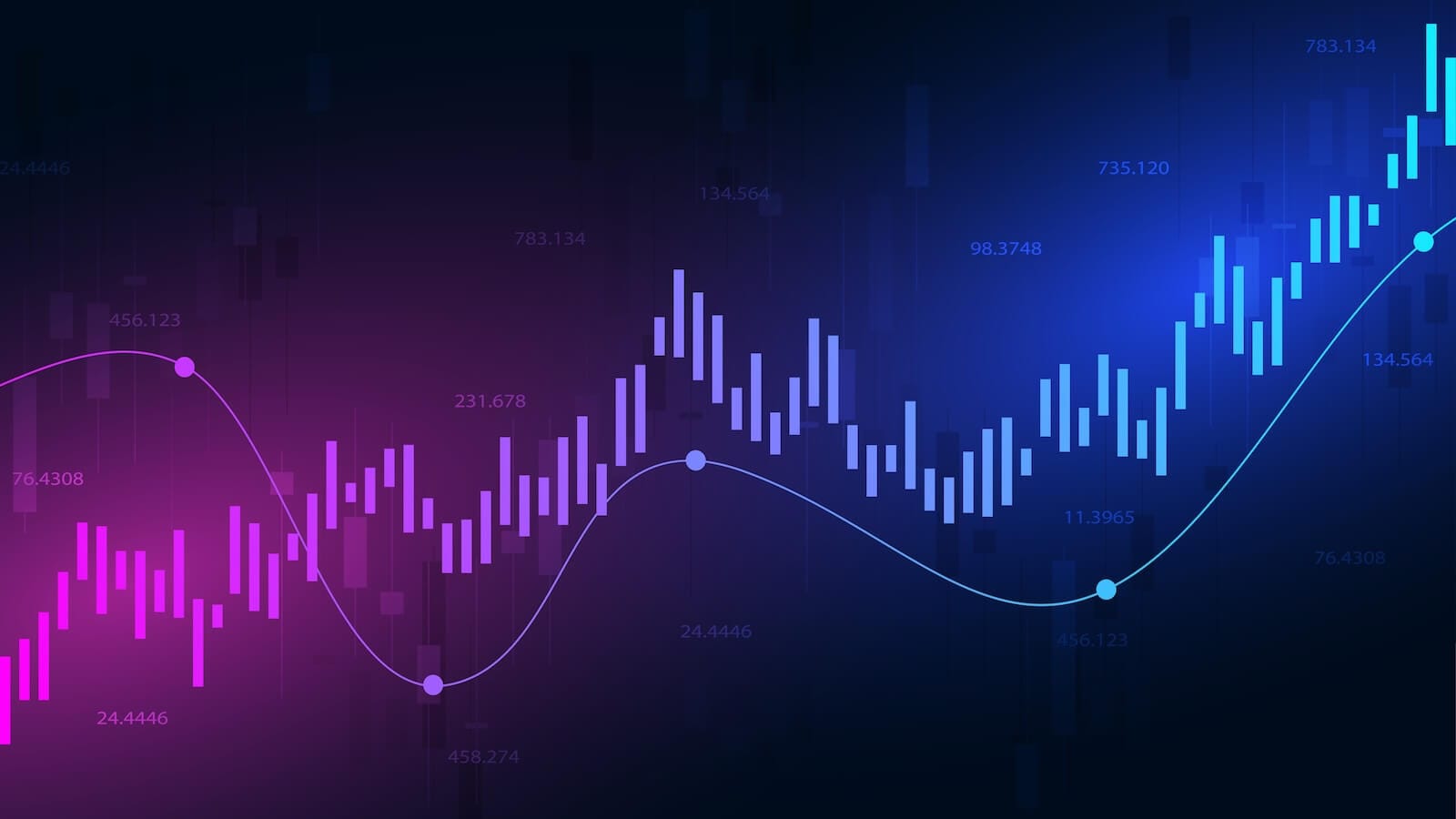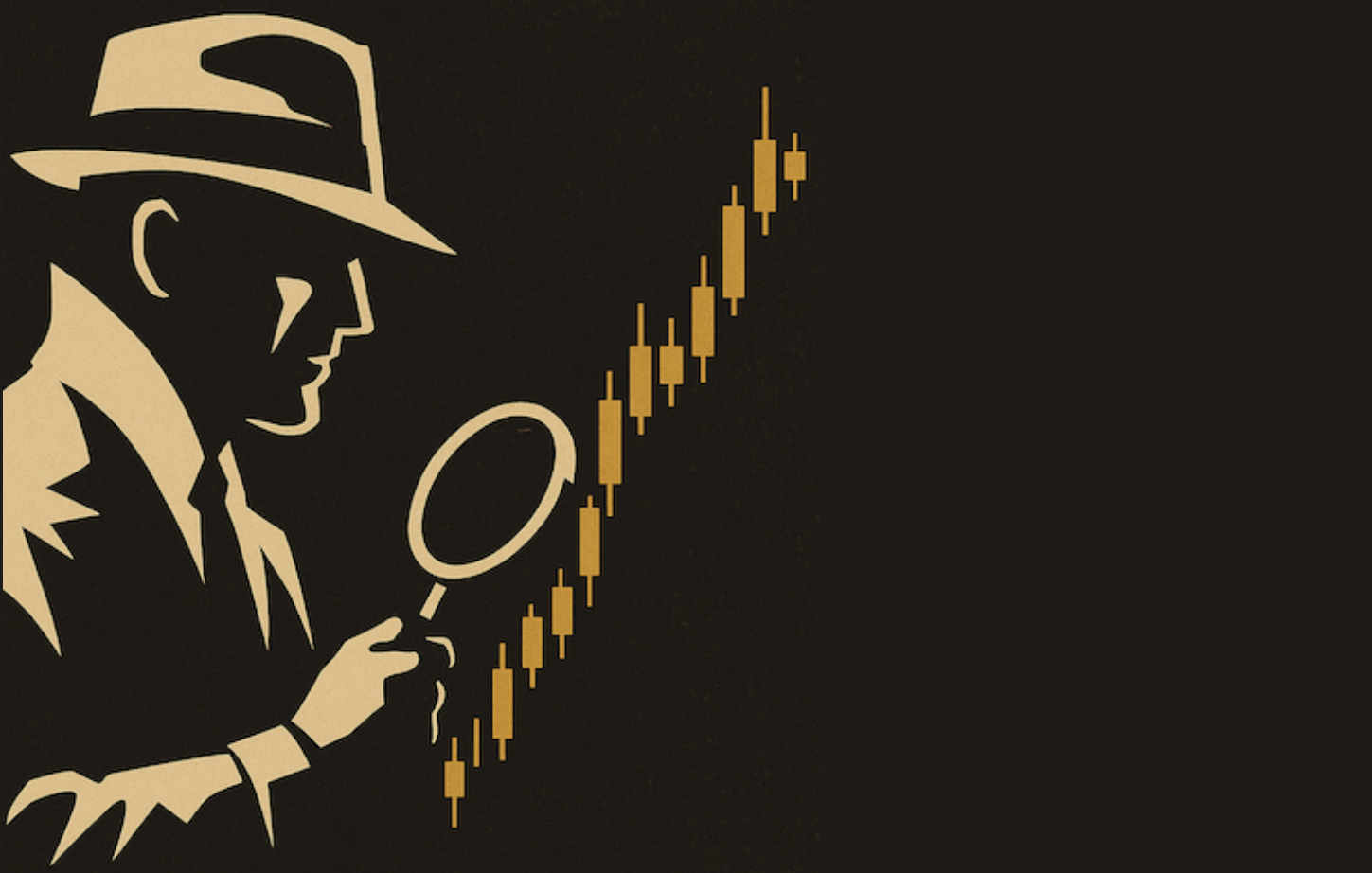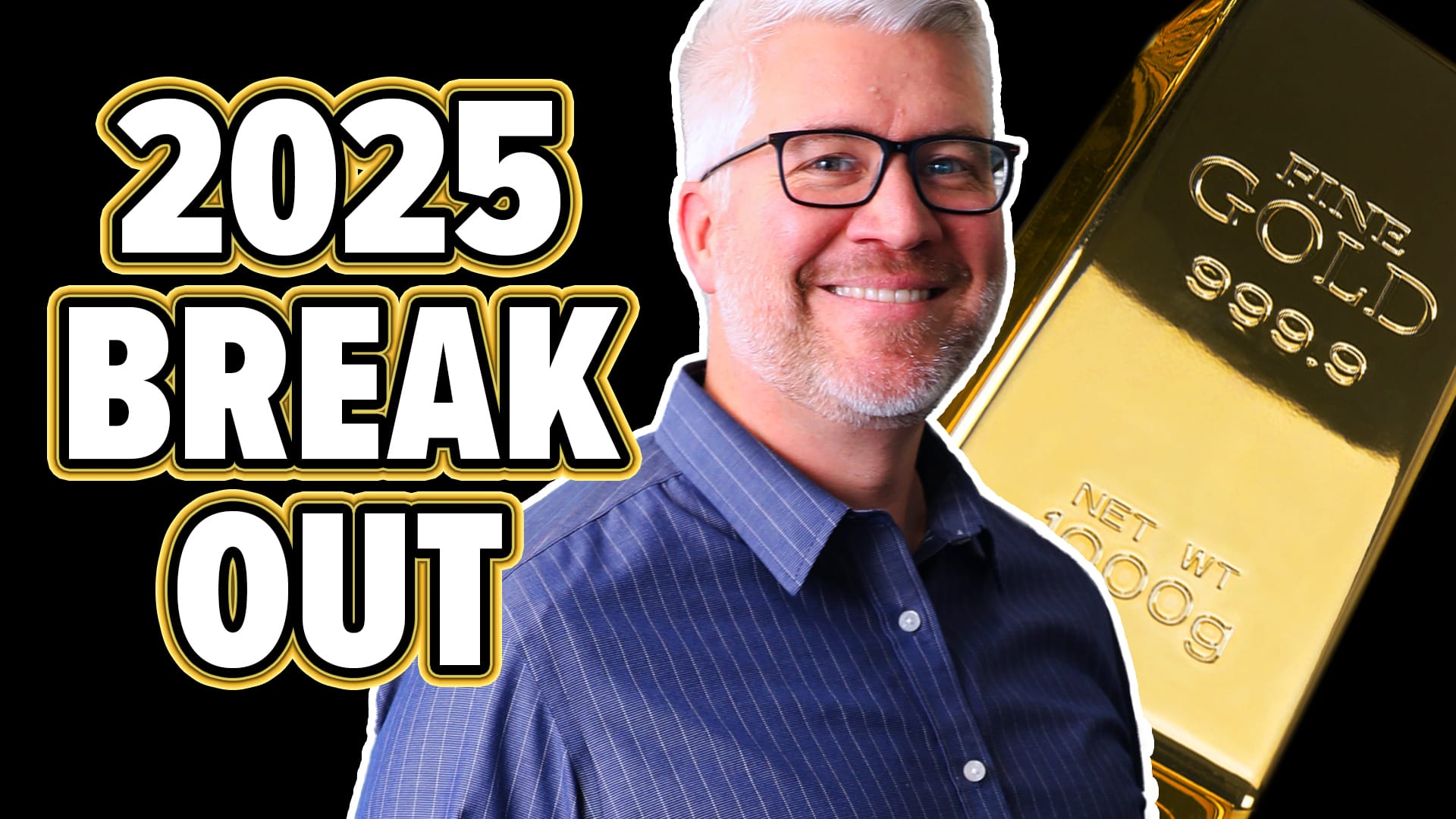ENERGY BUYING IN NEW YEAR COULD ADD TO MARKET'S PROBLEMS -- GOLD AND OIL STOCKS HOLD UP WHILE REST OF MARKET WEAKENS
CRUDE OIL RALLY FADES... Yesterday I showed crude oil trying to break through its late December peak and its 50-day moving average. After a good start, the commodity ended the day in the red. Although that doesn't change the long-term picture, it was enough to prevent an upside breakout in this key commodity. It's trading a bit higher today, but still needs a decisive close above 46.65 to regain its upside momentum. Three things in its favor are long-term support at $40, the tendency to rally during the first quarter, and positive MACD lines. Energy stocks are still holding firm.

Chart 1
BAKER HUGHES IS BIGGEST OIH HOLDING ... Yesterday I showed the Oil Service Holders (OIH) stabilizing above their early December lows in what I described as the beginning of a potential "symmetrical triangle". I'm showing a chart of Baker Hughes today because it's the biggest stock holding in the OIH. And, not surprisingly, it looks very similar to the OIH. The stock has been consolidating since October when oil prices peaked. I've drawn the two converging trendlines which should have bullish potential. The first thing I'd like to see is BHI close back over its 50-day average. Then I'd like to see the upper trendline broken. Its relative strength line, which peaked in late October, has been flattening out over the last month. An upside break of the RS down trendline would also be encouraging. The monthly bars in Chart 3 show why I remain bullish on the stock and the oil service group. They show the stock having completed a bullish "symmetrical triangle" beginning in 1997. Despite the recent setback, the stock has remained above trendline support near $40. [A broken resistance line should become a new support line]. The longer-term trend still looks bullish to me. And since oil stocks usually lead the commodity, any upturn in BHI would suggest that we're probably scraping bottom in oil prices as well.

Chart 2

Chart 3
EXXON MOBIL IS HOLDING OVER SUPPORT... Exxon Mobil is the biggest stock holding in the Energy Select Sector SPDR (XLE); so it's worth studying as well. The daily bars show the big oil stock in a trading range between 52 and 49. So far, the bottom of the range has held. Its relative strength line, which has been declining since late October, is trying to regain some market leadership. To do that, its RS line will need to break its three-month down trendline. And XOM needs to get back over its 50-day line. The weekly bars in Chart 5 show that its long-term uptrend is still intact. The stock is trading well over its late 2000 peak near 46, which should now provide major support. Notice also that the stock is finding support at a rising trendline that started in the fourth quarter of 2003.

Chart 4

Chart 5
HOW DOES OIL FIT INTO THE 2005 PICTURE?... One of our readers asked how my analysis of oil (and oil stocks) fit into my increasingly negative view for the stock market in 2005. Back in September, I wrote about the tendency for crude oil to peak during October and stay weak through the end of the year (with a new floor at $40). I suggested that oil weakness would contribute to a fourth quarter stock rally which could last into January. I also suggested that I thought the market would then run into trouble. Part of that reasoning was based on my view that oil would start strengthening again in the new year. The fact that energy stocks are trying to regain market leadership -- and oil is trying to bounce off $40 -- fits into my view that the stock market rally is at or very close to an important peak. I feel the same way about gold. I wrote yesterday that gold and gold stocks were testing important support levels and were oversold. Gold sold off during the fourth stock market rally. Any stock selling in the new year (read January) would probably push some money back into gold stocks. In early afternoon trading, gold is trading $3.20 higher at $423 while crude oil is .67 cents higher at $46.00. Gold and oil stocks are among the few groups in the black today as the rest of the market weakens.







